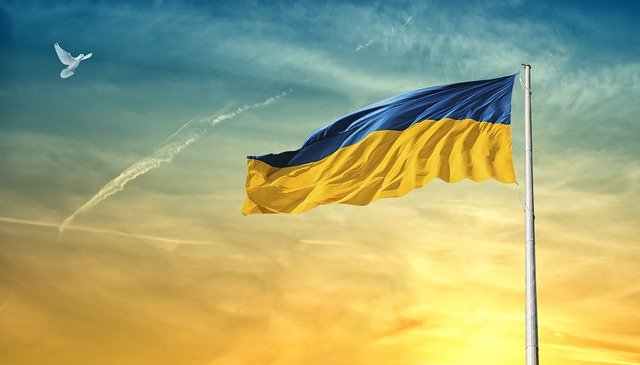How Ukraine Can Achieve Victory
If I were a lot younger and under-employed, I might well have joined the American veterans said to be fighting alongside Ukrainian troops. Here, from my armchair deep in retirement, is my notion of how those vets might end up on the winning side.
Recently, the war’s end has been covered in the media. However, too little has said about how that small but brave country can achieve victory. The road to that end lies in seizing the offensive, not in a strong defense. There is nothing original in that point of view, victors throughout history have praised the offensive. Its absence from the current discourse is all the more surprising, since Ukraine’s forces have the demonstrated grit, the training, and the leadership required to snatch the initiative.
They lack only the logistical wherewithal, something readily available from two very capable allies: the US and Great Britain who not only have the wealth of materiel, but an historical reverence — verging on worship — for offensive warfare.
Ukraine remaining on the defensive has but one predictable outcome: retaining not one acre more than they control at the cease fire. There are two plausible offensive concepts to consider. The key is finding the one that produces the most realistic expectations from a peace settlement.
The very best that a small nation can expect from a situation like the Ukraine currently inhabits, is a postwar compromise wherein it can dictate the terms most important to them.
However, unless they unconditionally defeat the Russian forces in Ukraine and dethrone Putin, it is most likely that they will have to settle for something less than all of the contiguous territory Ukraine owned before 2014. How much less or how much more territory changes hands depends on the success of their offensive operations.
One operational concept to consider would be retaining only the minimum necessary forces on defense in the Donbas and launching an armored penetration to the east from the Kherson area — near the mouth of the Dnieper — bypassing the Black Sea coast. The objective: seizure of the crossings to the Crimea and cutting it off at that northern neck. The Crimea could then be exchanged at a peace conference for all — or the better sectors — of the Donbas and the whole Black Sea coastline.
The other possibility — and least likely to be acceptable politically — is a broad offensive north from the Kyiv region to take as much territory in Belarus as possible, while pinning Russian ground forces down in the east. That loss of Belorussian territory — a Russian ally closer to Moscow — could be so grave that Moscow might swap those territories for the whole Black Sea coast,
southern Donbas and the Crimea.
If the invasion were to precipitate the fall of the current autocracy, this course of action would be even more promising.
There is a third alternative—an insurgency–that could smell a bit like victory in the morning. However, that would also be like whiffing the aroma of squashed oranges oozing out from under the other stinks of a dumpster. Though costly nearly beyond measure, in so many ways, a planned Ukrainian insurgency has great promise, historically, as a purely military success.
If the minimalist forces of Afghanistan can force Russia from its land, then one can surely expect gritty, well supplied and centrally directed Ukrainian ground forces to prevail.
However, such a war would be years long and very bloody indeed leading to a recovery also measured in years, if not decades. As a solution to current circumstances, it would be too much like giving an elder property owner long covid in order to acquire his land.
Time is running out. No hour is too soon for the Americans and Brits to get together to concur with a plausible offensive plan from a surely willing Ukrainian general staff.

Piers M. Wood (Lt. Colonel, U.S. Army Reserve [Ret.]), a Vietnam combat veteran, was a field artillery officer. He is a graduate of, and a former European history instructor, at the U.S. Military Academy, West Point, and was a Washington-based defense analyst for thirteen years before his retirement. Currently he is writing near future military fiction.(warwatchsix.org)

